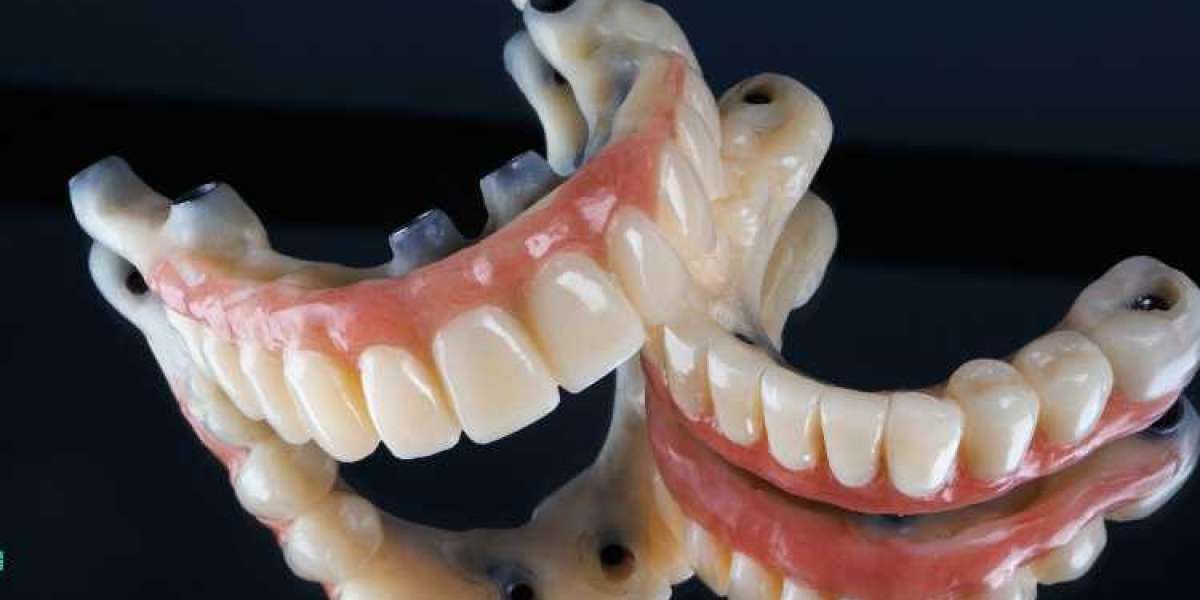Idiopathic hypersomnia is a chronic sleep disorder defined by excessive daytime sleepiness, though its specific causes and pathophysiological mechanisms are still not fully understood. Some key factors researchers are exploring include disrupted homeostasis of sleep-wake cycles controlled by the brain's sleep-regulating centers, such as the hypothalamus and brainstem. Genetics also appear to play a role, as family history of insomnia or other sleep disorders is more common in those with idiopathic hypersomnia.
Diagnosis and Screening Tools
The main criteria for diagnosis involve ruling out other potential causes and accurately differentiating Idiopathic Hypersomnia from conditions that present similarly like narcolepsy. Tests may include a nocturnal polysomnography, multiple sleep latency tests, and cerebrospinal fluid hypocretin/orexin levels. Patient reports of consistently sleeping more than 10 hours per night or taking long naps daily are also considered. Proper screening helps confirm a diagnosis of idiopathic hypersomnia.
Treatment Options
Treatment focuses on managing excessive daytime sleepiness through both non-pharmacological and pharmacological approaches. Good sleep hygiene practices like regular sleep-wake routines aim to optimize nighttime sleep. Stimulants are frequently used as the first-line medication, including modafinil and armodafinil, to improve alertness during waking hours. Sodium oxybate has also shown promise for idiopathic hypersomnia. When symptoms do not respond adequately, combination therapies may provide relief. Ongoing management often involves lifestyle adjustments alongside medications.
Stimulant Medications
Stimulants act primarily through indirectly stimulating the central nervous system. Modafinil works by regulating certain wakefulness-promoting areas of the brain rather than traditional stimulant mechanisms. It can improve excessive daytime sleepiness scores by 2-3 points on the Epworth Sleepiness Scale. Modafinil is usually initiated at 100-200 mg doses upon waking and has relatively mild side effects. Armodafinil is the more recently approved R-enantiomer form of modafinil with similar efficacy. It may have longer lasting effects for some. Both stimulate the necessary brain regions to boost wakefulness.
Sodium Oxybate Therapy
For those with more severe symptoms, sodium oxybate can offer an alternative or additional treatment option. As a prescribed medication called Xyrem, it is the sodium salt form of gamma-hydroxybutyrate (GHB), a inhibitory neurotransmitter in the brain. Research shows sodium oxybate promotes natural, restorative deep sleep needed to help consolidate nighttime sleep and reduce daytime sleepiness. By addressing disrupted 24-hour cycles, it may alleviate related idiopathic hypersomnia symptoms for many when taken at bedtime and again in the middle of the night.
Managing Relapses and Long-Term Outlook
Idiopathic hypersomnia typically follows a chronic, fluctuating course and often requires lifelong management. Even with a well-monitored treatment plan, symptom relapse can still occur from time to time. Maintaining consistency through periods of both stability and relapse is emphasized. With adequate treatment response, many people are still able to work regular schedules, drive, and participate in daily activities. However, daytime sleepiness may never fully resolve for all patients. Multidisciplinary care supports achieving optimal functioning long-term.
Get more insights on Idiopathic Hypersomnia








